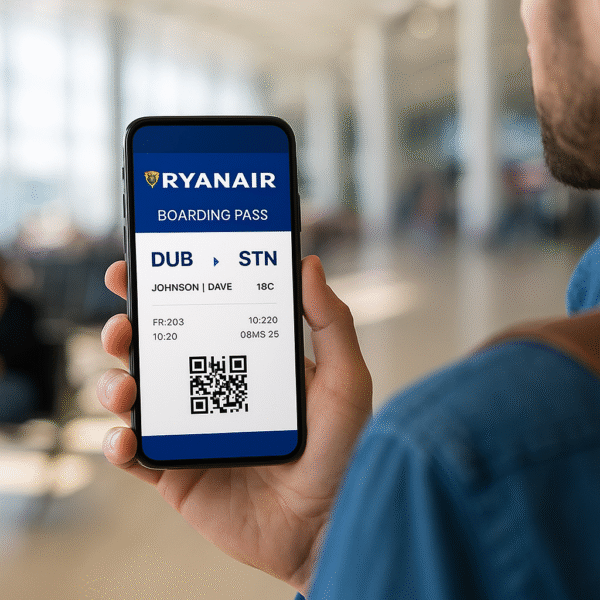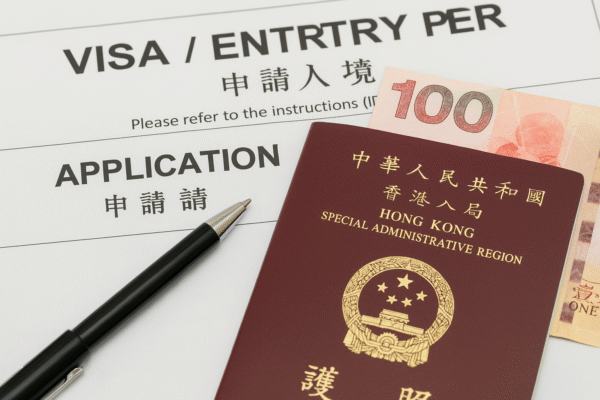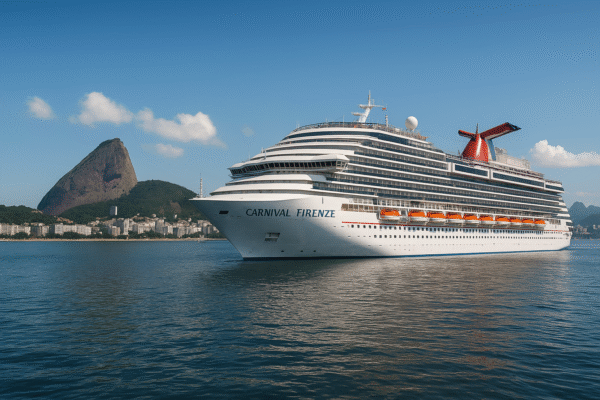In a major overhaul of its transatlantic operations, Norse Atlantic Airways has announced plans to cut six long‑haul U.S.–Europe routes effective October 2025, affecting destinations such as Athens, Miami, Berlin, Oslo, Paris, and Los Angeles. The affected flights include Los Angeles to Athens and Paris; Miami to London; and New York to Berlin, Oslo, and Paris—signaling a notable scaling back of its affordable service to key European destinations.
Despite maintaining some remaining offerings, including routes from New York to Athens, Rome, and London, as well as Los Angeles to Rome and London, and Orlando to London, the reduction marks a turning point for budget‑minded travelers relying on Norse’s value offerings.
Financial Pressures and Fleet Strategy Behind the Cuts
Norse’s network reduction stems from ongoing financial pressures and an evolving fleet strategy. The airline reported a loss of approximately $6 million in Q2 2025, despite an impressive load factor of 97%, indicating strong demand but insufficient profitability.
To shore up revenue, Norse has entered into ACMI (Aircraft, Crew, Maintenance, Insurance) agreements, leasing a significant portion of its Boeing 787 fleet to IndiGo. By early 2026, this strategy will leave just six aircraft for its own scheduled operations, leading to a leaner network focused on higher-yield routes and greater operational stability.
Redirecting Demand: Bangkok and Cape Town Take Center Stage
While making cuts to its U.S.–Europe routes, Norse is expanding into new markets in Asia and Africa. Notably, flights from London Gatwick to Cape Town are being increased from three to six weekly services, extending through May. Additionally, the airline will launch London Gatwick to Bangkok service starting October 26, offering four flights per week with one‑way fares starting from roughly £203–£295—providing attractive low‑cost options to emerging destinations.
What Travelers Should Know and Consider
For budget travelers, this shift represents a concerning reduction in transatlantic affordability and convenience. While some low‑fare routes remain, many popular direct connections—especially to Paris, Berlin, and Oslo—are being dropped. Alternatives such as Icelandair, Norwegian Air, and major U.S. airlines may fill some gaps, but often at higher costs. Proactive booking, flexibility, and split itineraries may be necessary to secure reasonable fares.
Meanwhile, new value-focused opportunities are emerging. The Gatwick–Bangkok route, for example, provides a compelling long‑haul bargain for travelers heading to Southeast Asia.
Looking Ahead: Simplification as Strategy for Summer 2026
Looking further ahead to summer 2026, Norse is streamlining operations even further. The airline will focus on just three primary European gateways—Athens, London Gatwick, and Rome Fiumicino—paired with U.S. destinations like New York JFK, Los Angeles, and Orlando. Among the routes being cut are Berlin–New York, Oslo–New York, and Paris CDG–Los Angeles/New York JFK.
This pared-down network reflects Norse’s attempt to concentrate efforts on high-demand, revenue-optimizing corridors while leaning on ACMI partnerships to stabilize cash flow and reduce exposure to volatile demand.
Final Thoughts
Norse Atlantic’s cancelation of six U.S.–Europe routes in winter 2025 marks a significant shift, particularly for travelers drawn by its low fares to iconic European cities. Financial viability and fleet redeployment are central drivers, with ACMI leases and market pivot strategies shaping its future. Still, new budget options amid Bangkok and Cape Town expansions suggest that bargain travel isn’t vanishing entirely—just getting rerouted.
Summary: As Norse refines its long-haul footprint, American travelers seeking affordable flights to Europe may need to look to alternative carriers or accept fewer direct options. At the same time, Asia and Africa offer fresh, budget-friendly routes for hopeful explorers.
For more travel news like this, keep reading Global Travel Wire
















